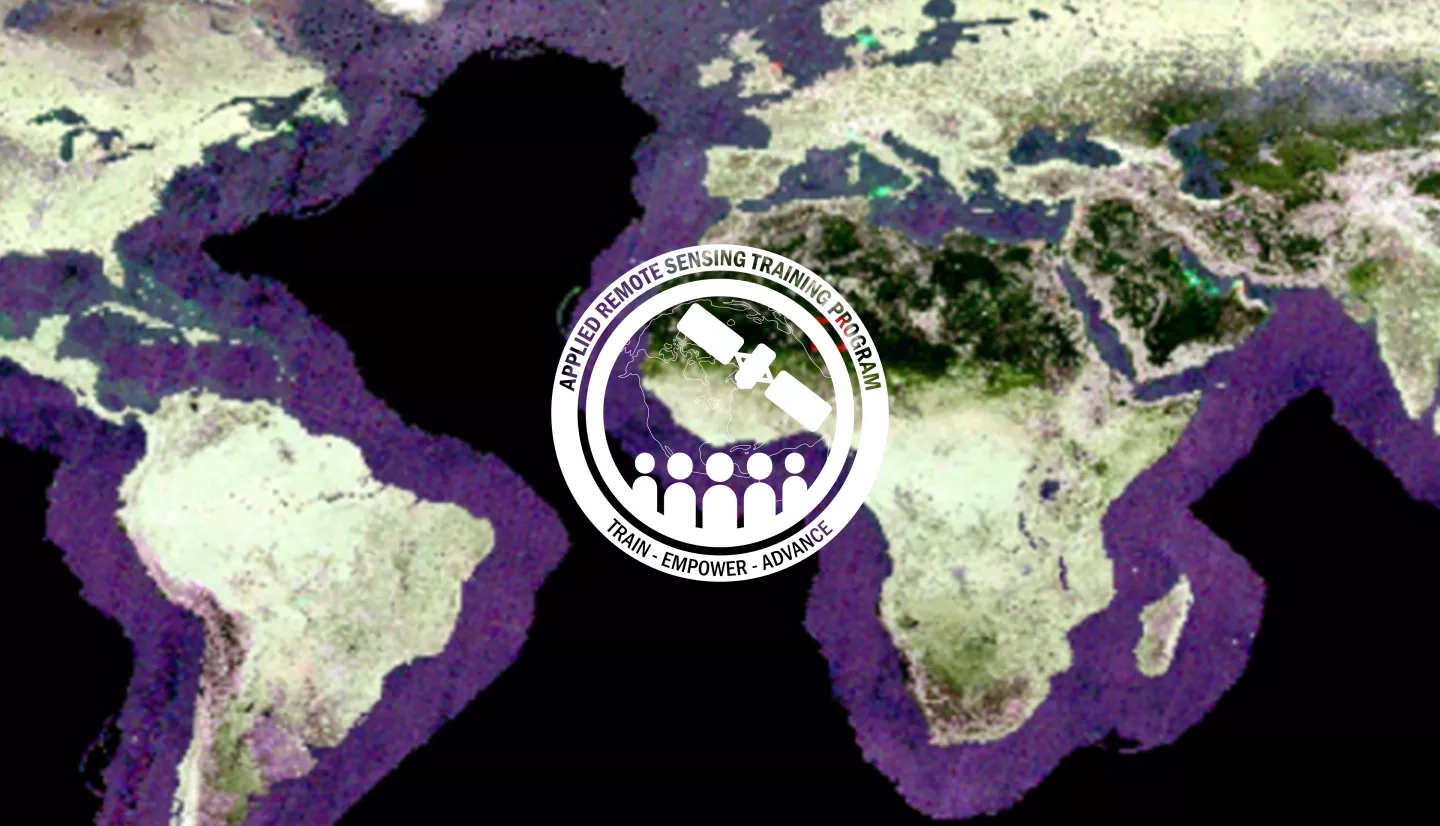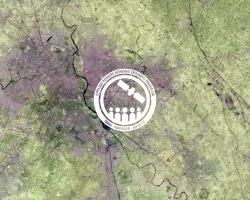Description
This webinar series will build on the knowledge and skills previously developed in ARSET SAR trainings. Presentations and demonstrations will focus on agriculture and flood applications. Participants will learn to characterize floods with Google Earth Engine and learn to analyze synthetic aperture radar (SAR) for agricultural applications, including retrieving soil moisture and identifying crop types.
By the end of this training, attendees will be able to:
- Analyze SAR data in Google Earth Engine
- Generate soil moisture analyses
- Identify different types of crops
The target audiences for this training are local, regional, state, federal, and international organizations interested in using satellite imagery for agricultural and flood related applications.
- Two 2-hour sessions
- This training is also available in Spanish. Please visit the Spanish page for more information.
This session will focus on the use of Google Earth Engine (GEE) to generate flood extent products using SAR images from Sentinel-1. The first third of the session will cover basic principles of radar remote sensing related to flooded vegetation. The remaining time in the session will be dedicated to a demonstration on how to use GEE to generate flood extent products with Sentinel-1.
Materials:
Featuring guest speaker Dr. Heather McNairn, from Agriculture and Agri-Food Canada, this session will focus on using SAR to monitor different agriculture related topics, building on the skills learned in the SAR agriculture session from 2018. The first part of the session will cover the basics of radar remote sensing as related to agriculture. The remainder of the session will focus on the use of SAR to retrieve soil moisture, identify crop types, and map land cover.
Materials:
Prerequisites are not required for this training, but attendees that do not complete them may not be adequately prepared for the pace of the training.
- Introduction to Synthetic Aperture Radar
- Advanced Webinar: Radar Remote Sensing for Land, Water, and Disaster Applications



